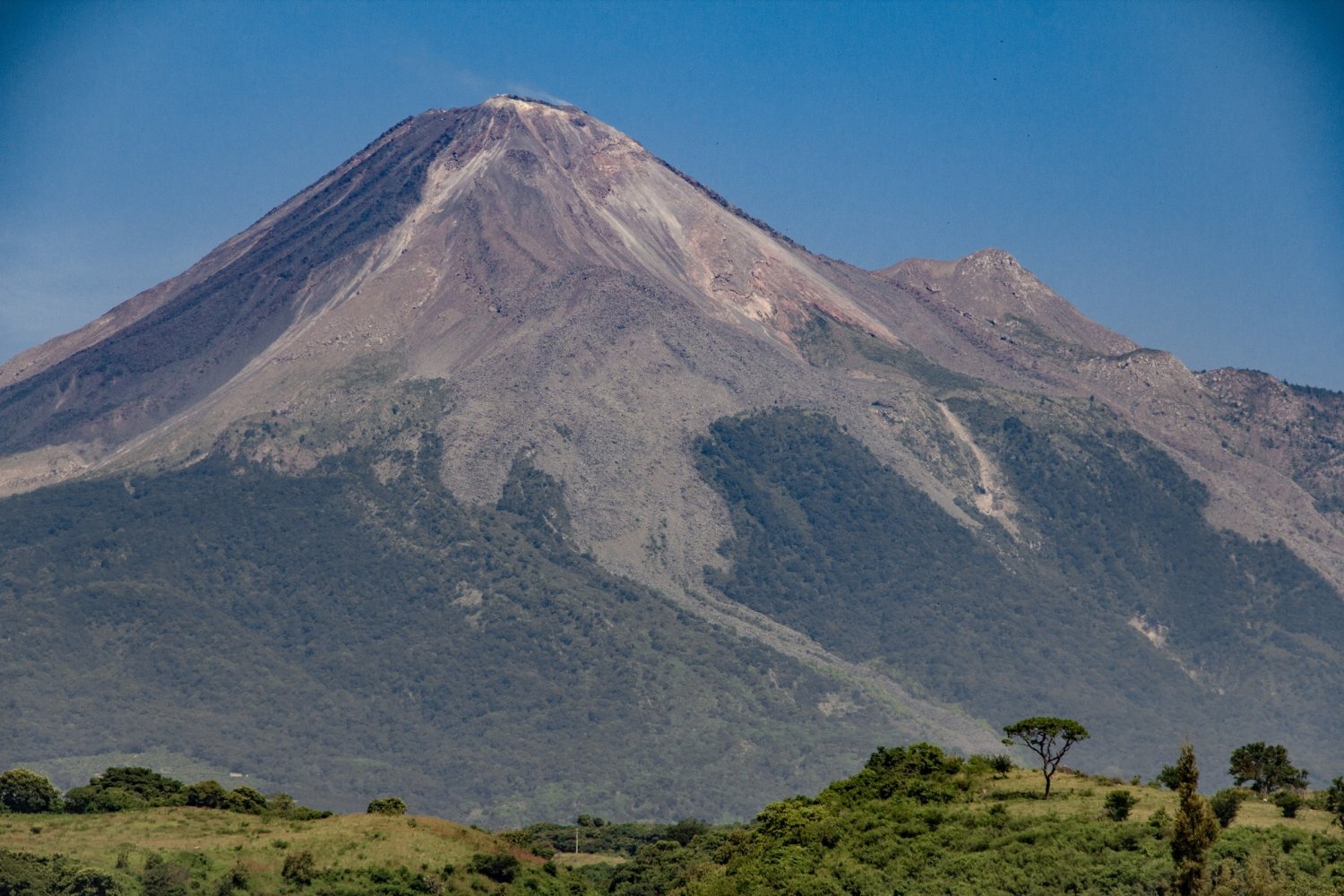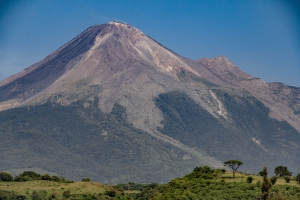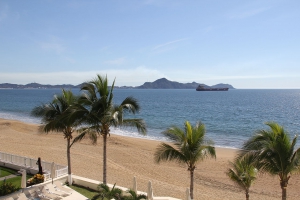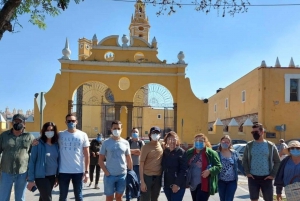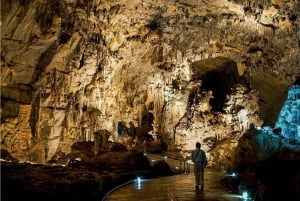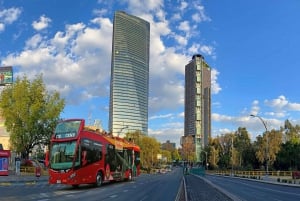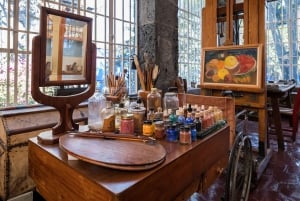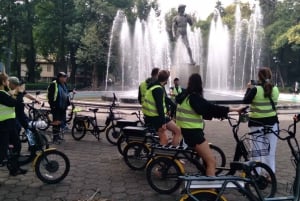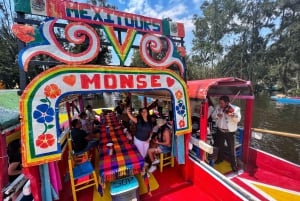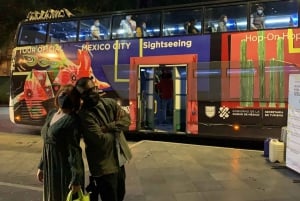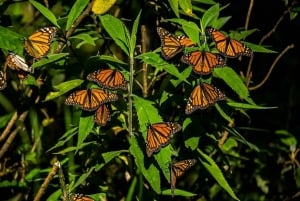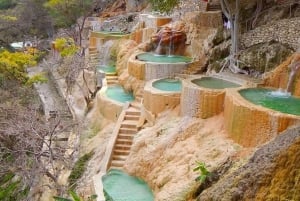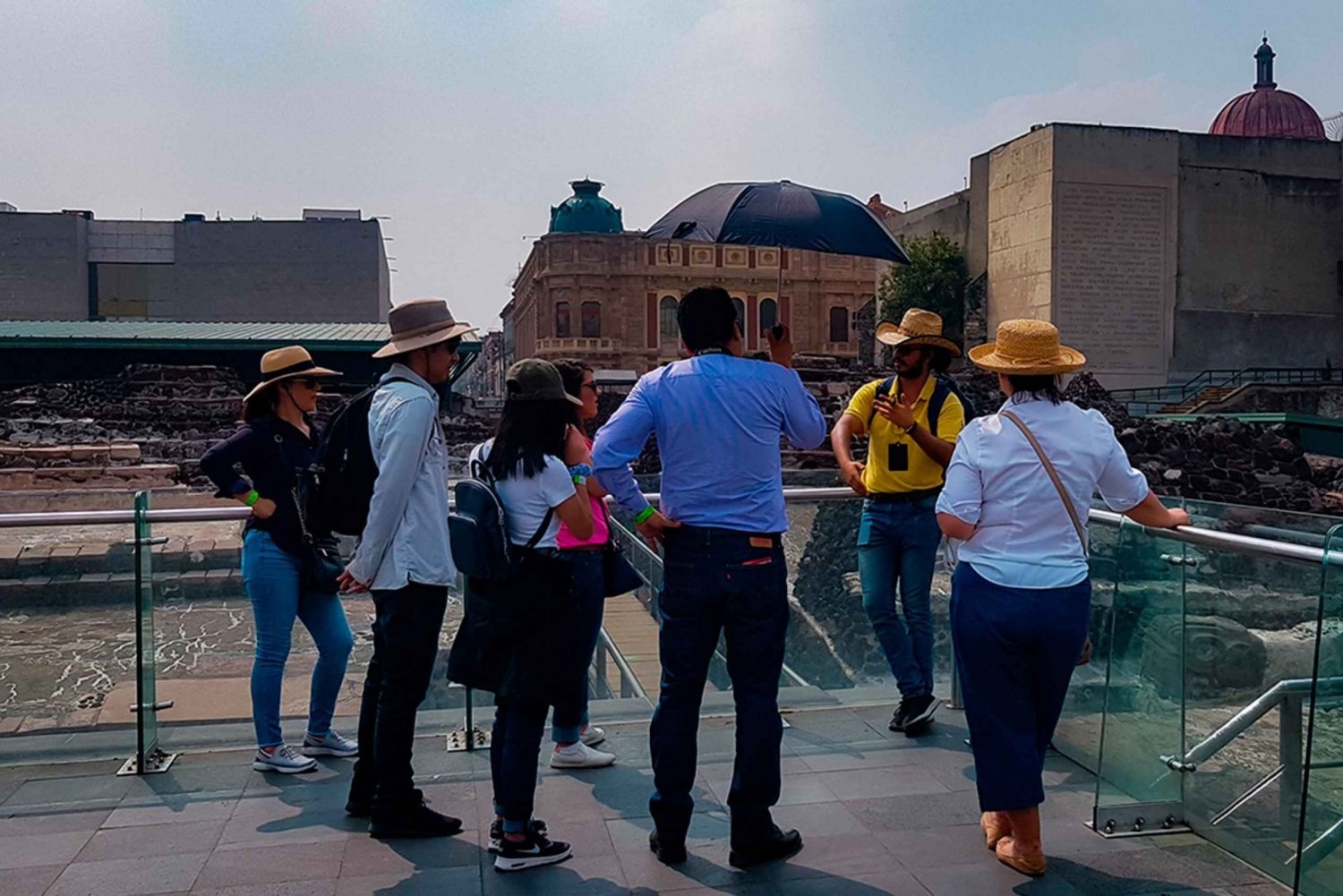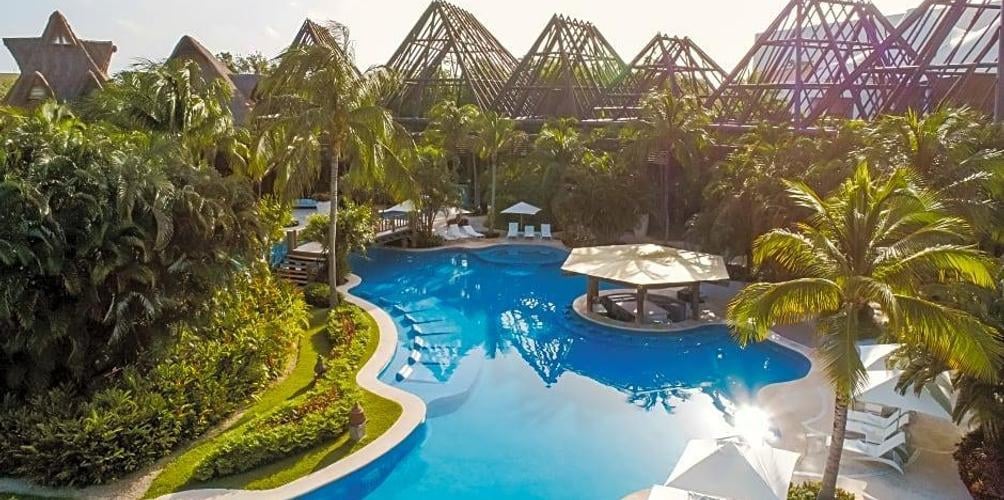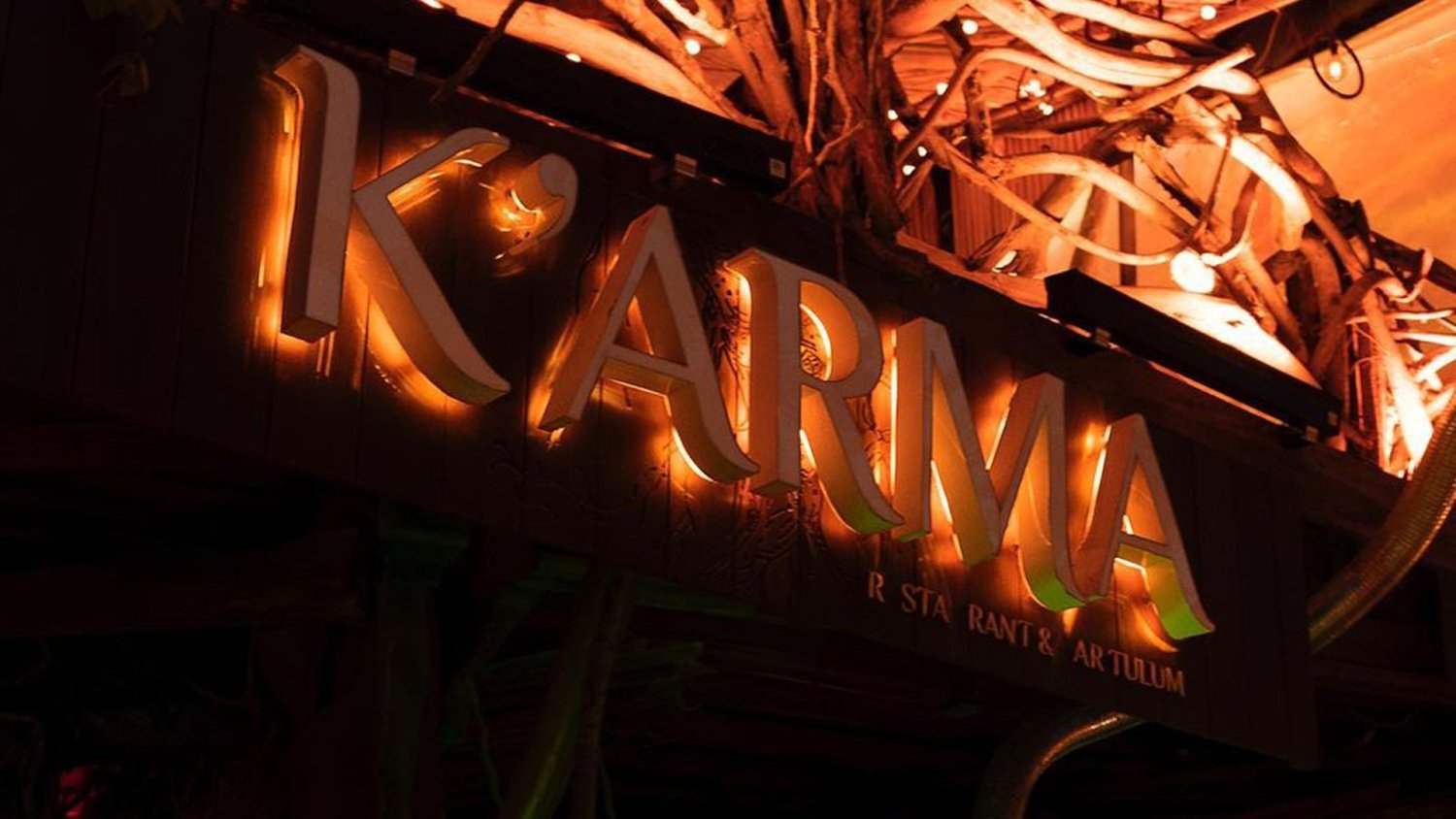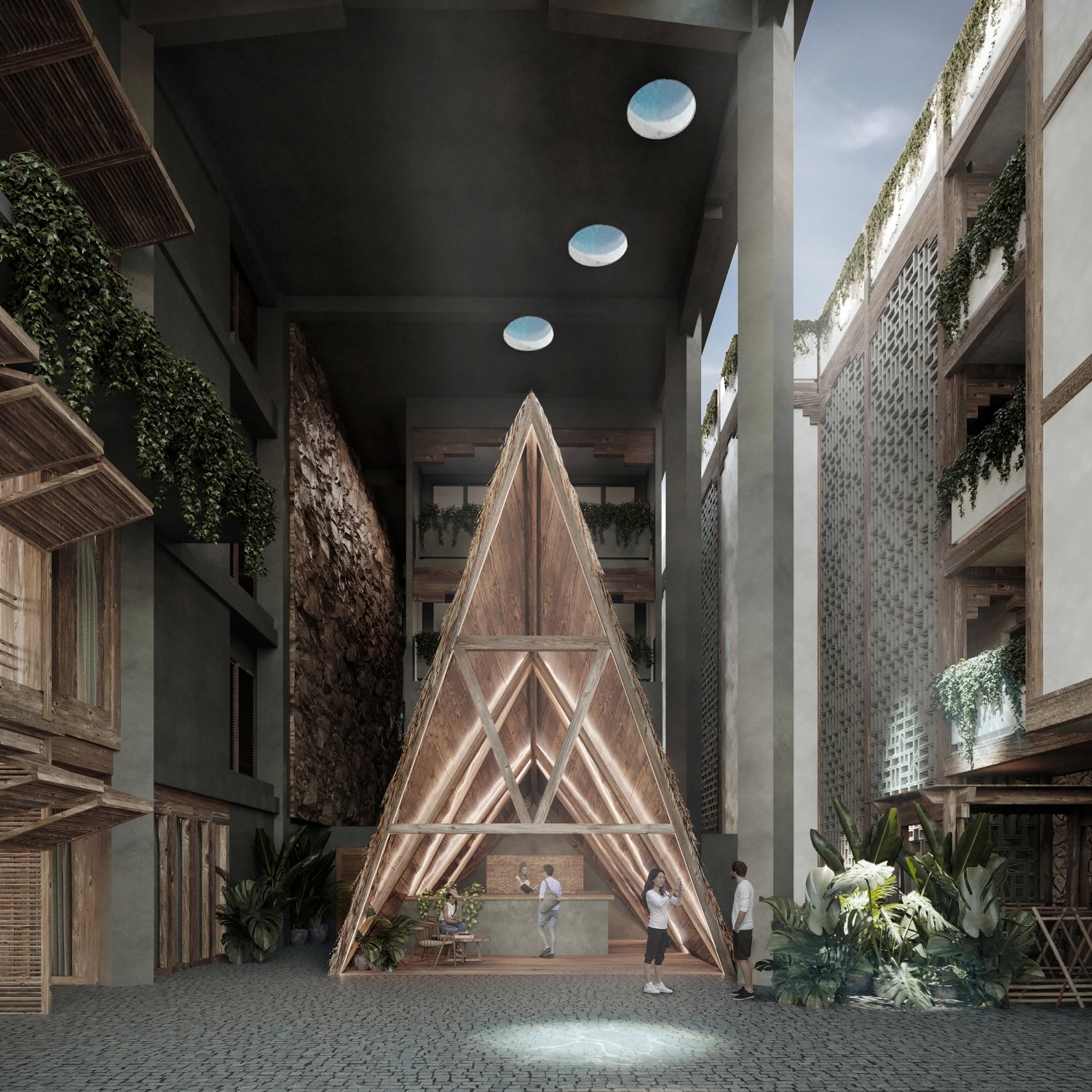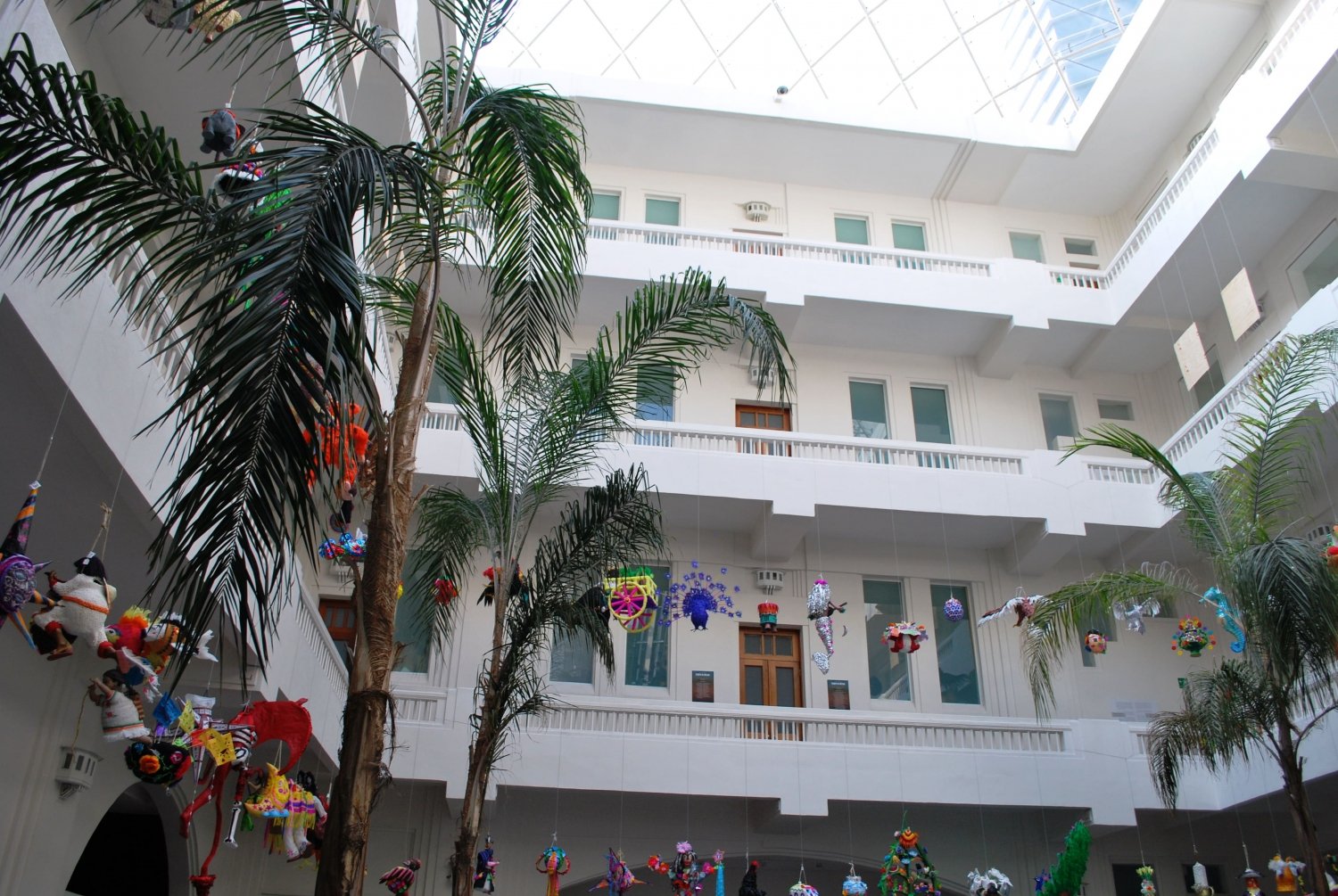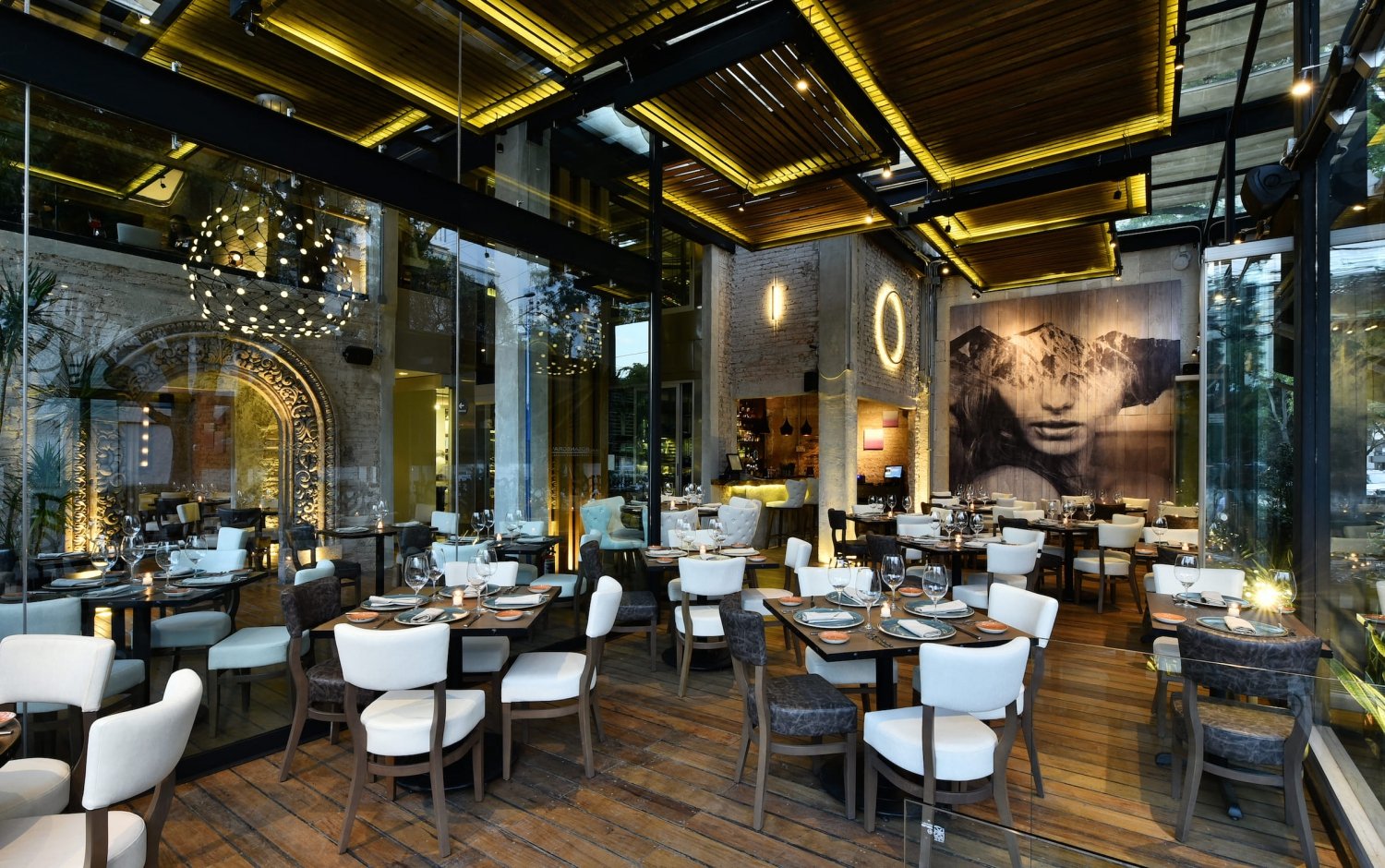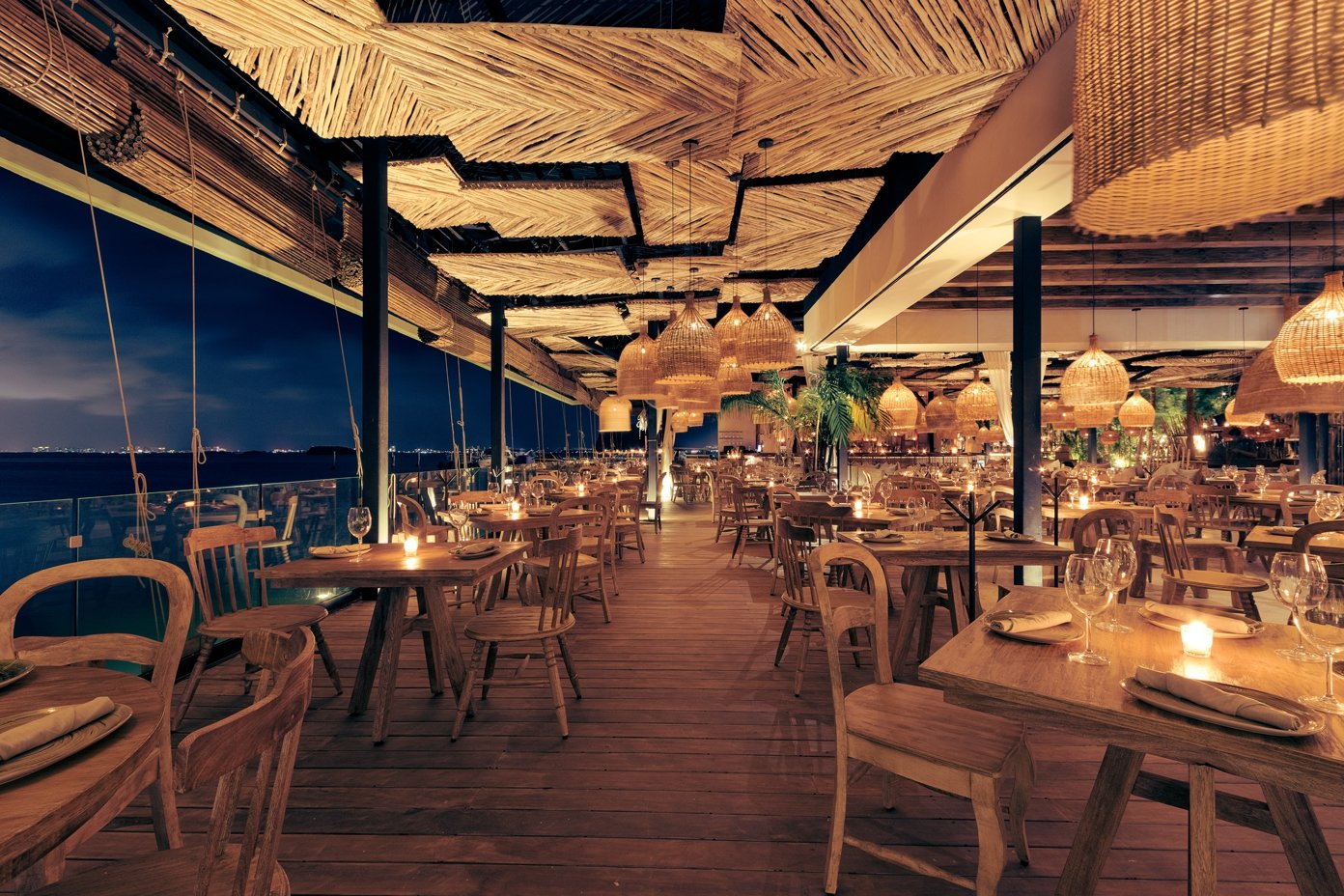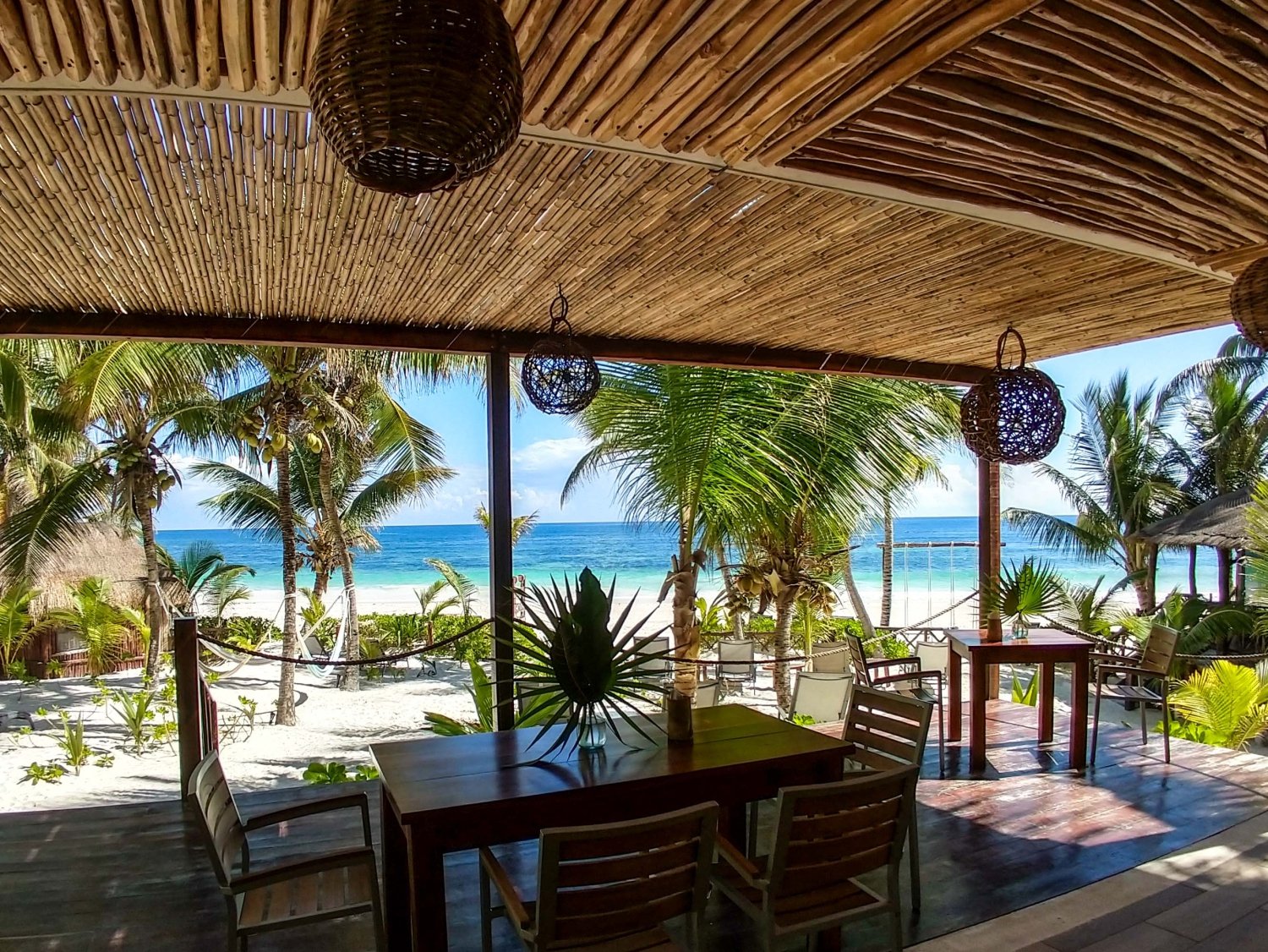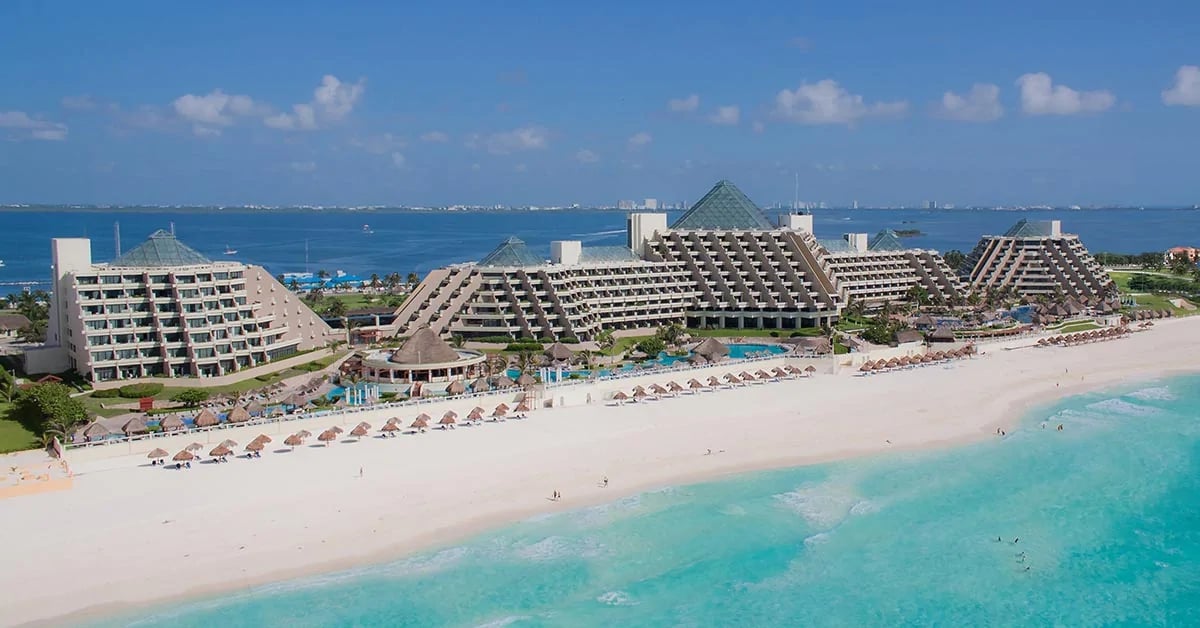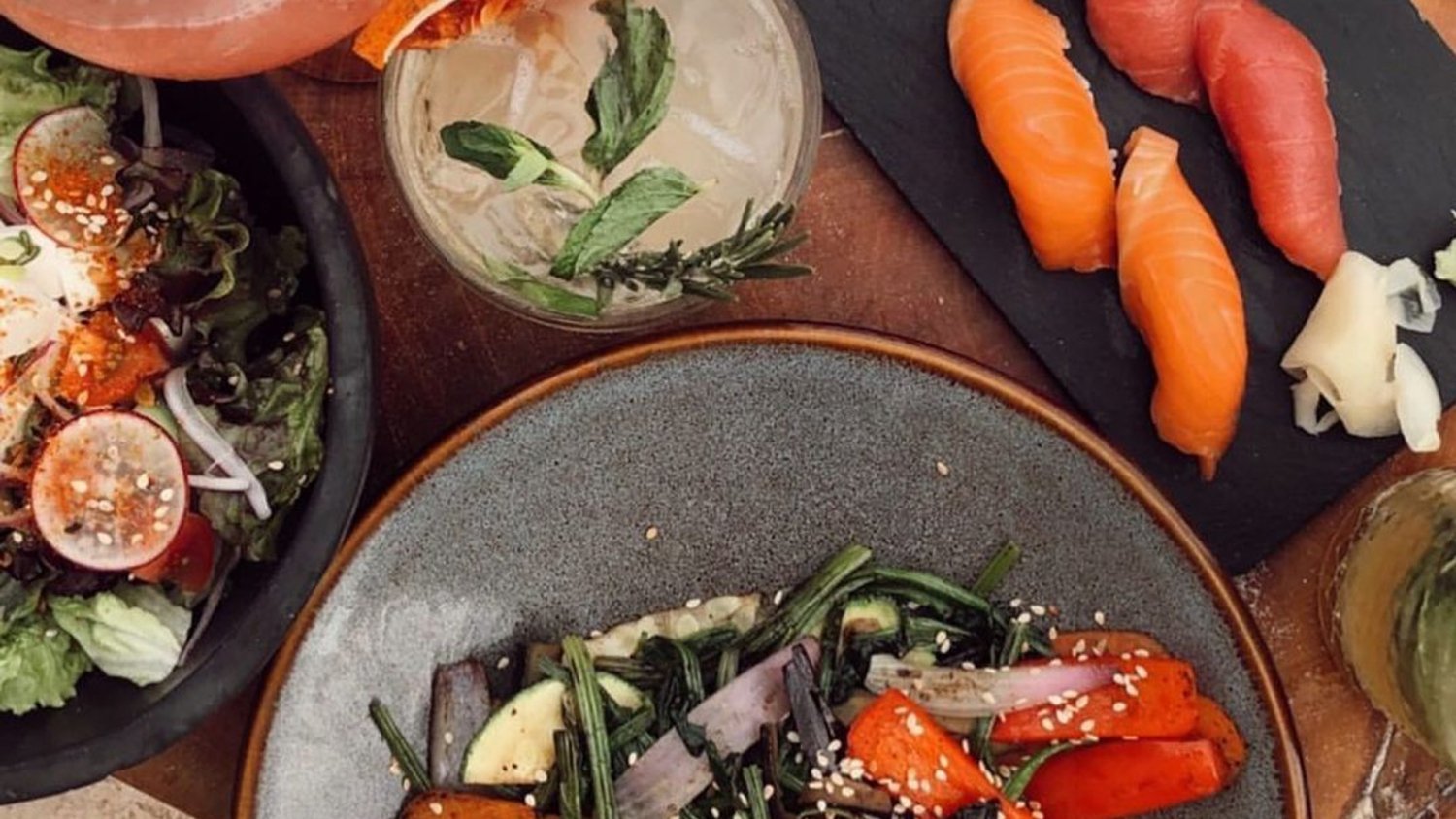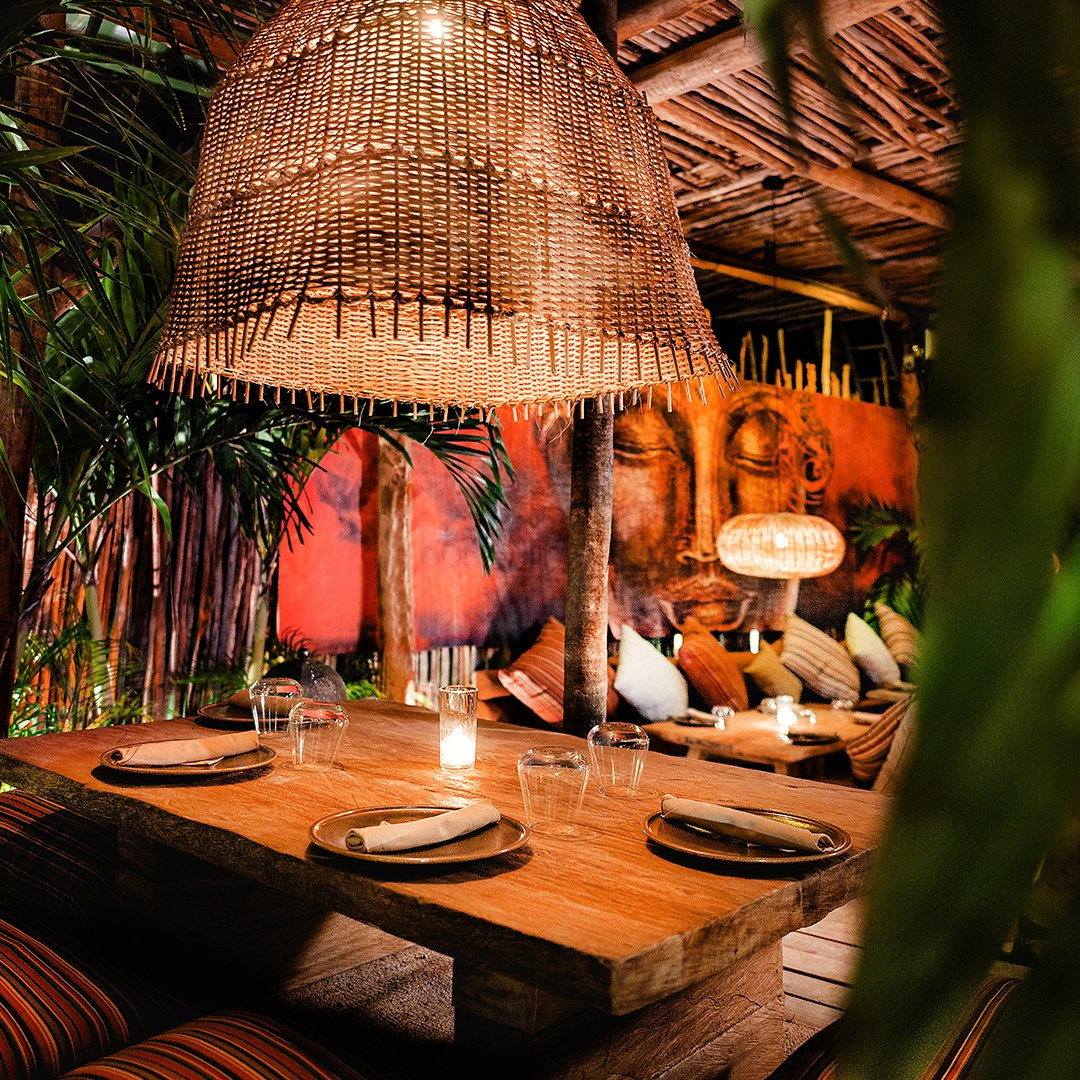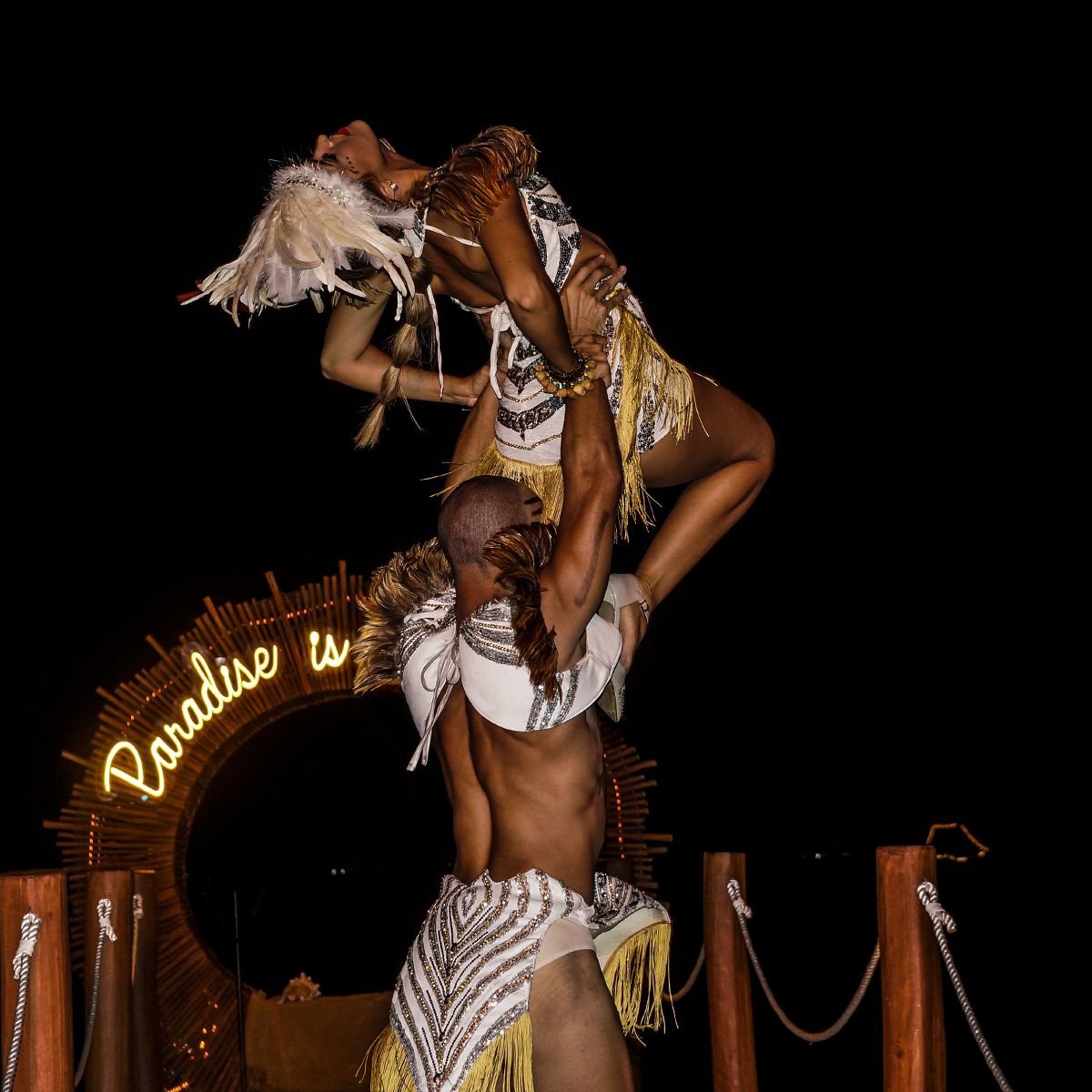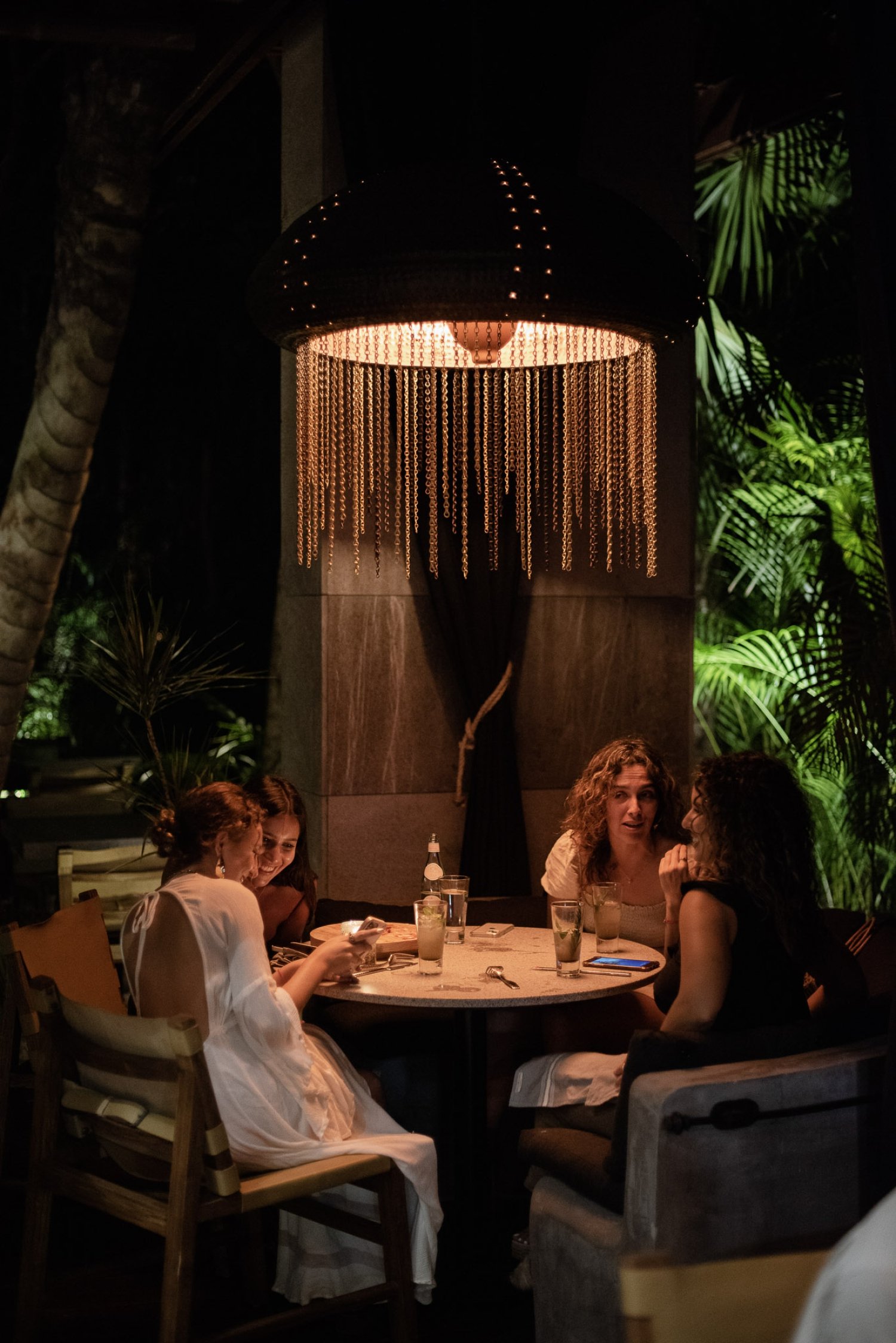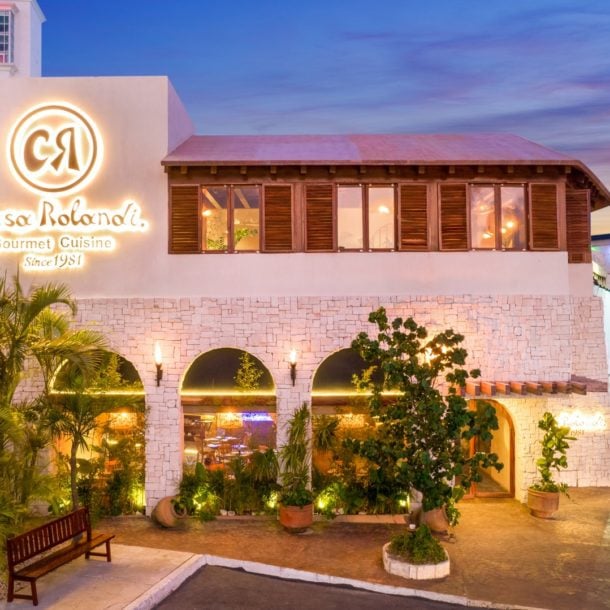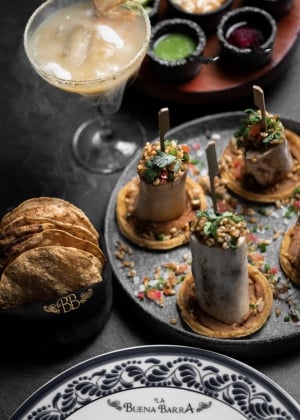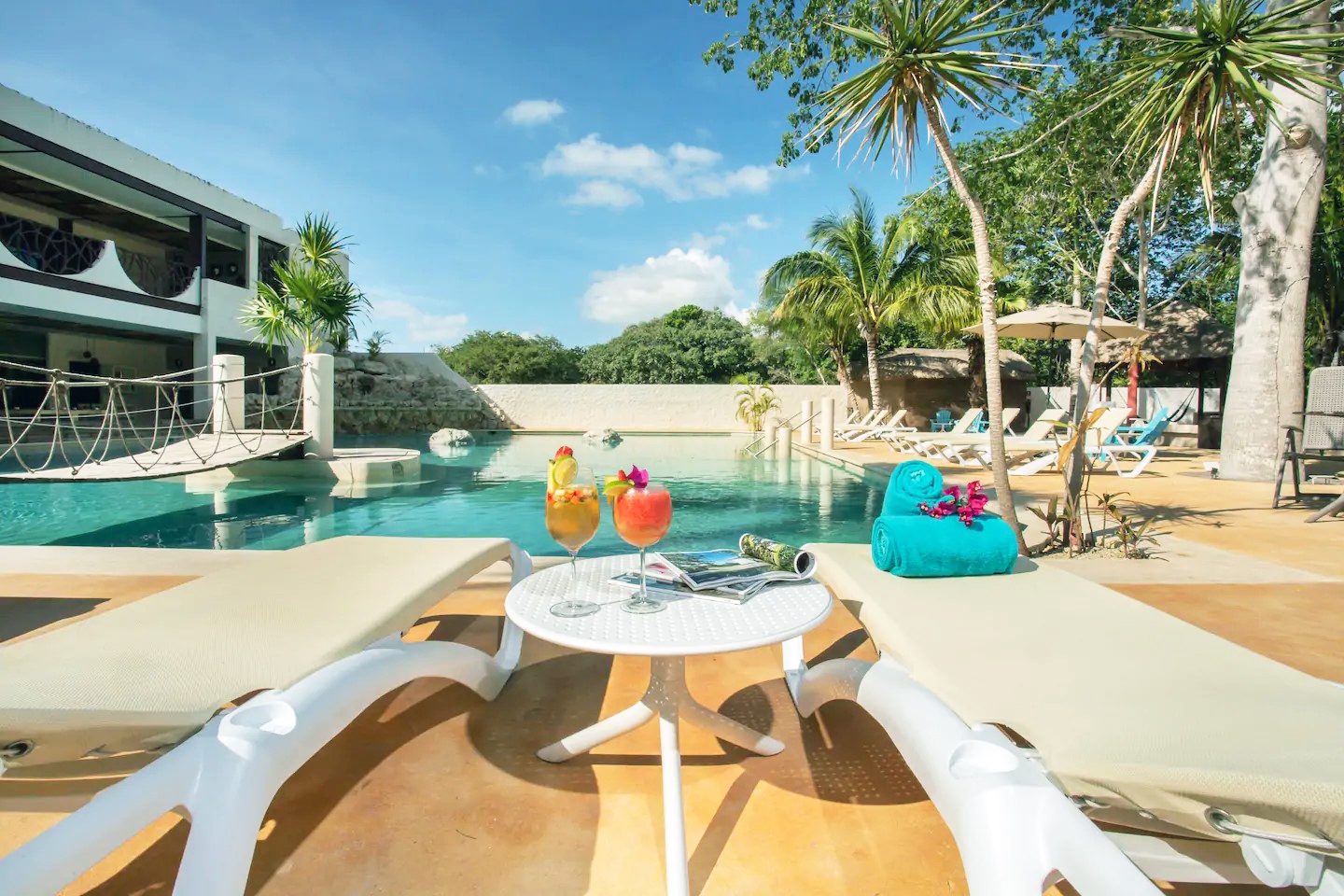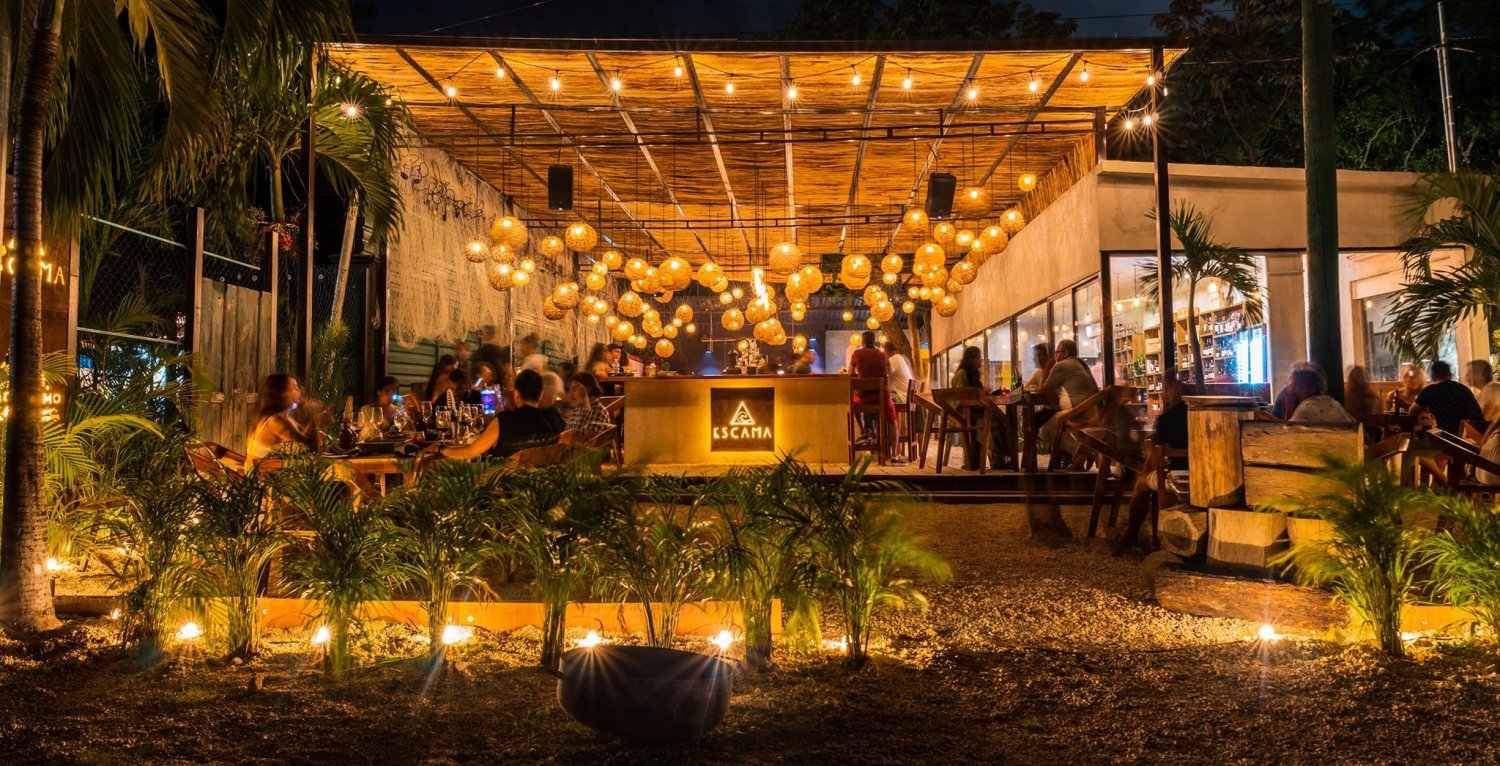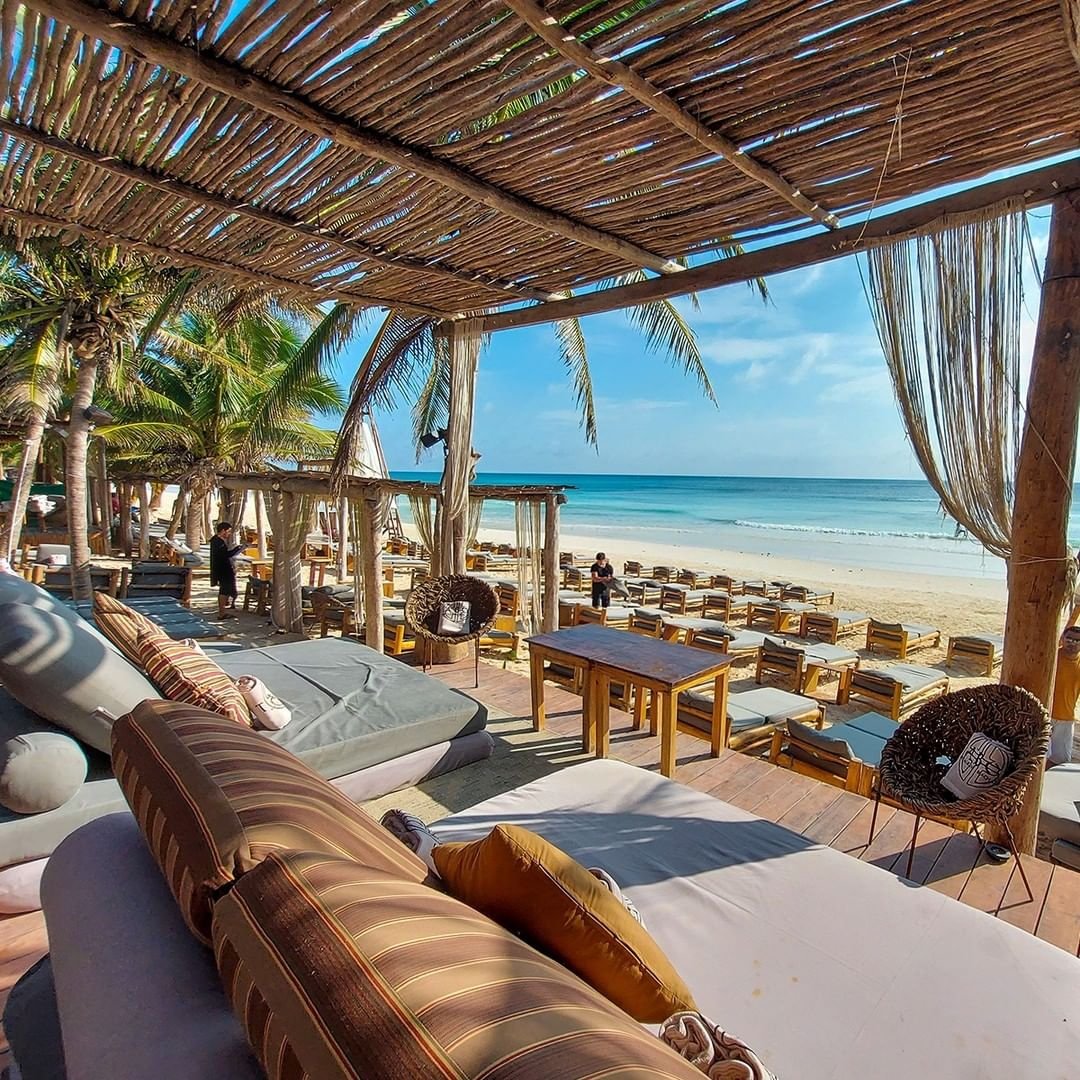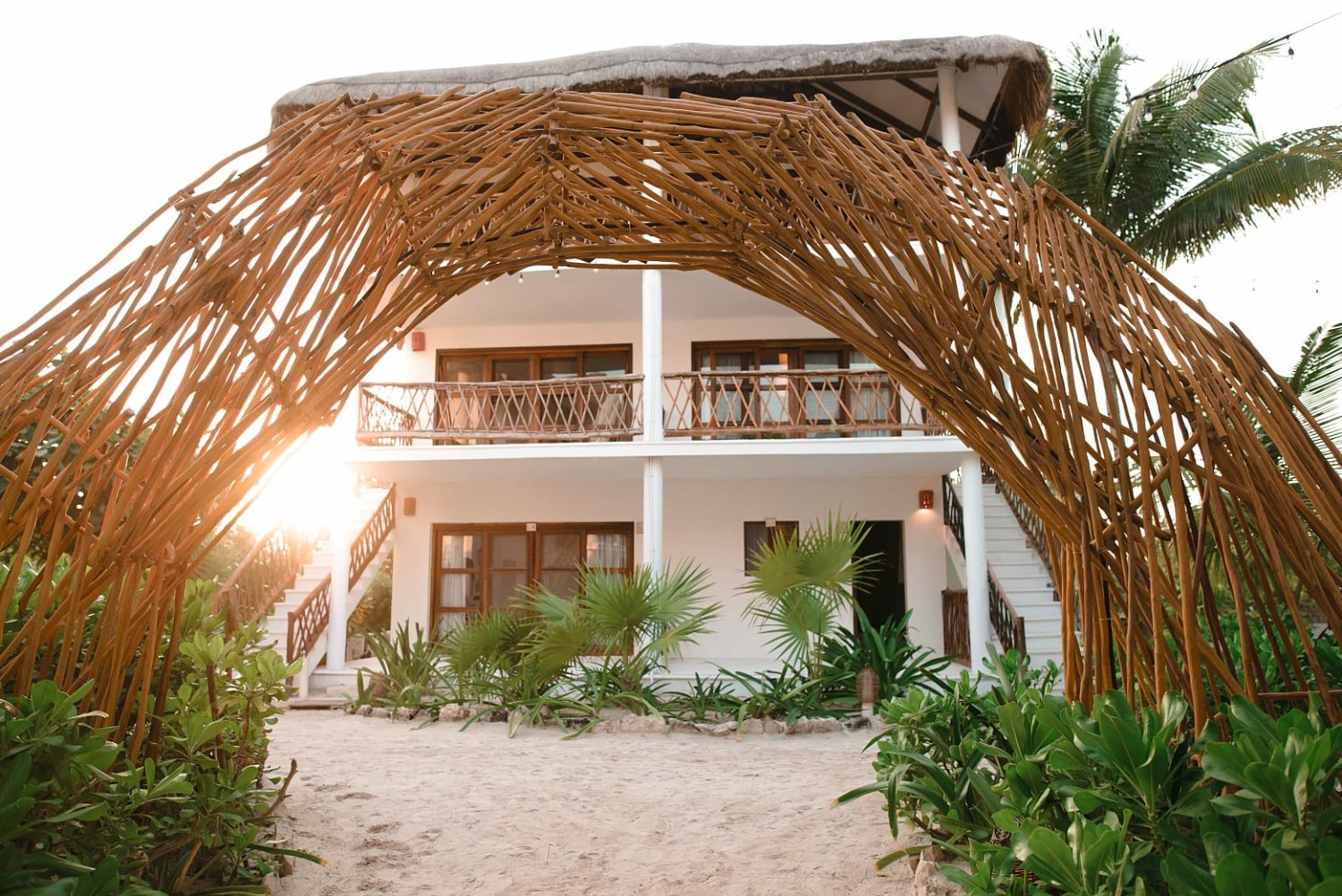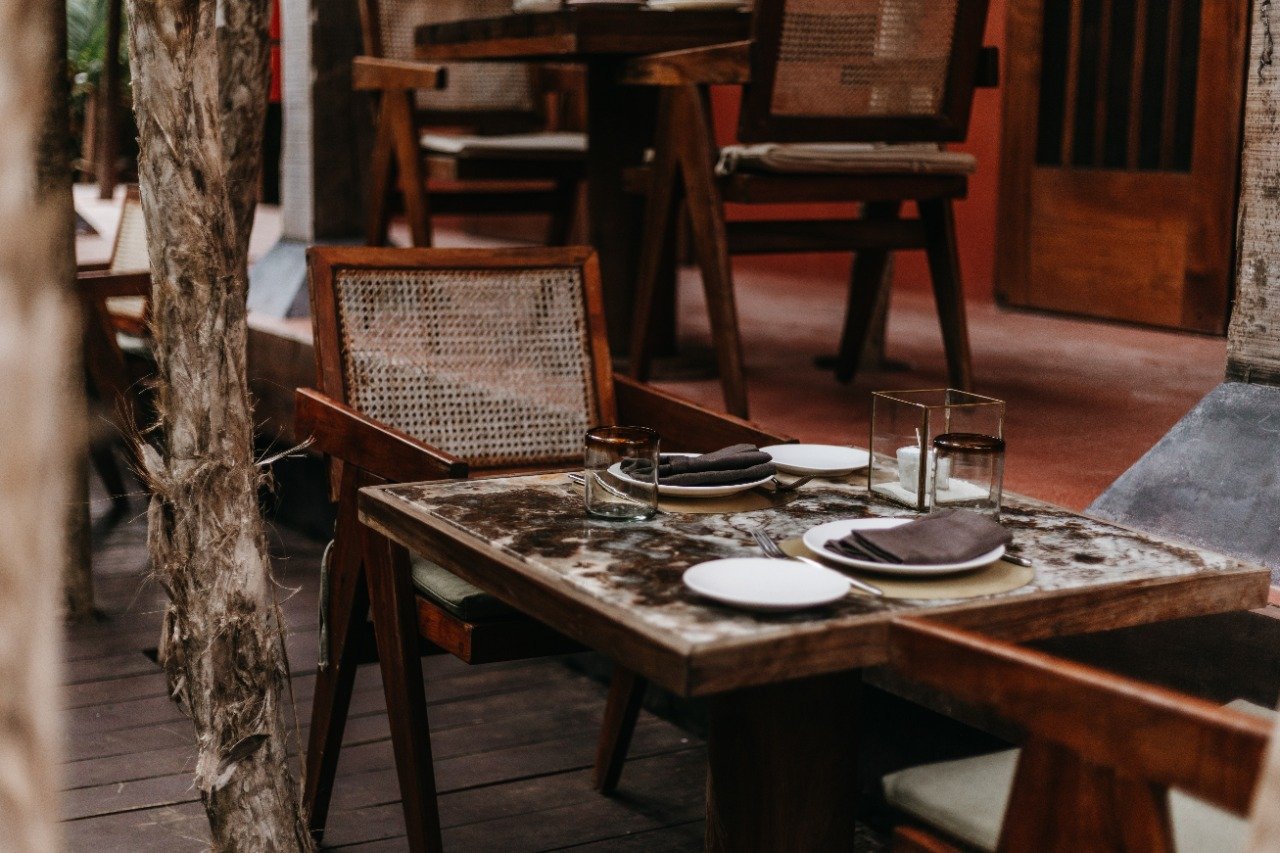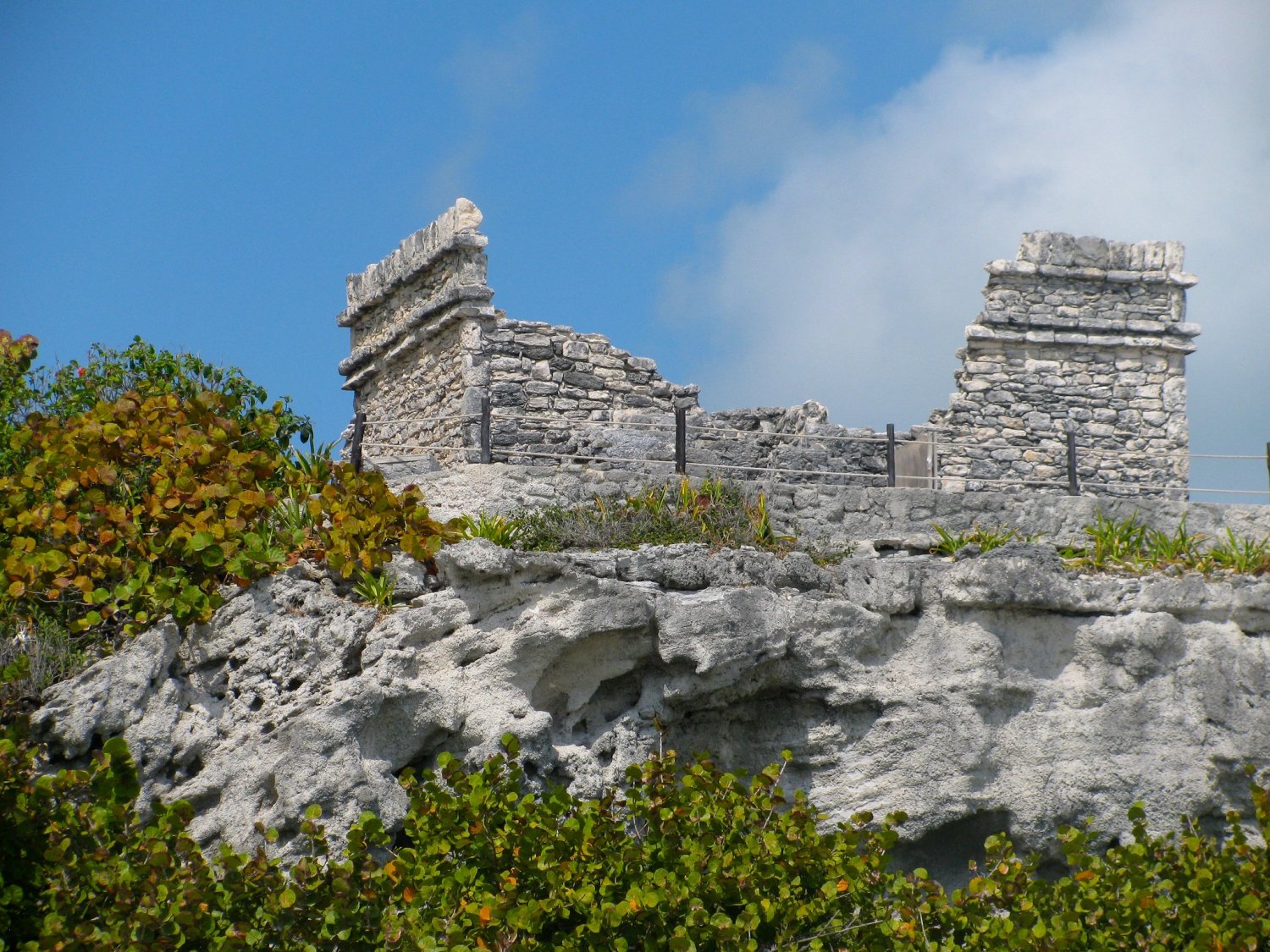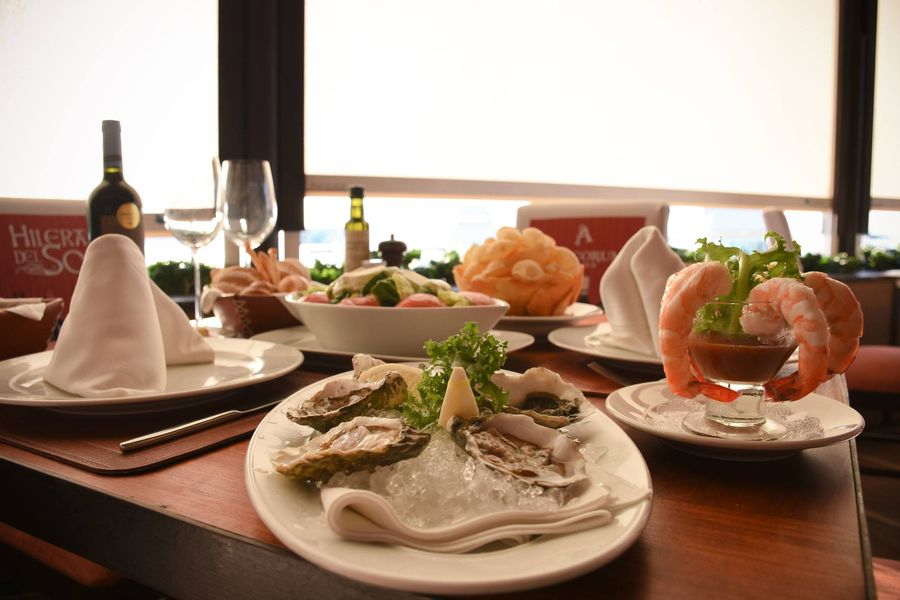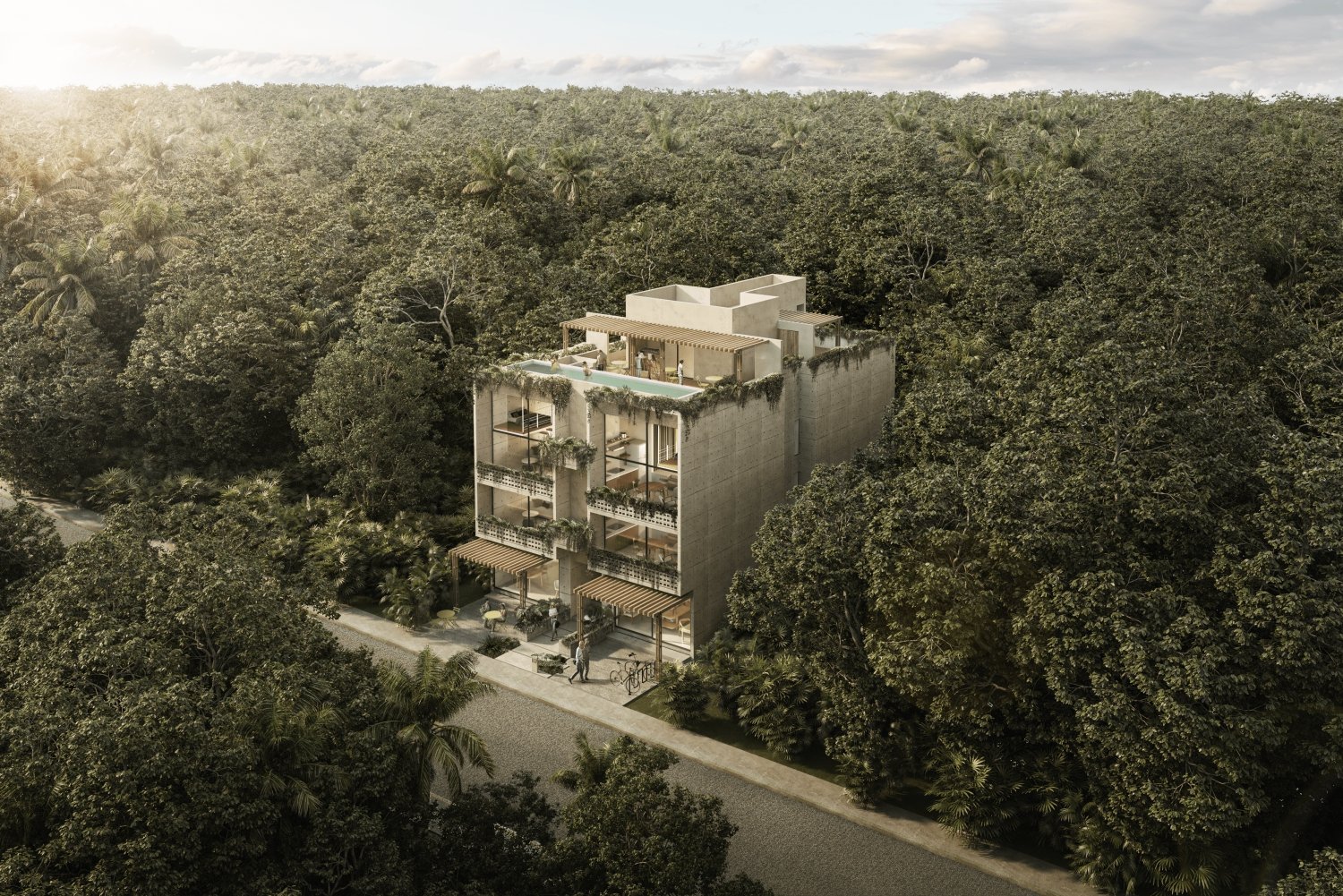Colima
Most of the attractions of the state are connected to its history.
Colima is based in western Mexico. It is bordered to the north, east, and west by the Mexican state of Jalisco; to the southeast by the Mexican state of Michoacán; and to the south by the Pacific Ocean. Its capital city is Colima, and the major towns are Manzanillo and Tecomán.
The terrain of Colima consists of mountains, slopes, valleys, plains, and deep ravines. The Sierra Madre Mountain Range branch passes through the state. The highest peak in the state is the Colima Volcano at 4,240 meters (13,990 feet), the most active volcano in the country.
Temperatures are fairly stable during the year, with differences based on elevation. Temperatures in winter range from 20°C to 28°C (68°F to 76°F). Summers are colder, with temperatures ranging from 28°C to 34°C (82°F to 93°F). The rainy season is from June to October.
Culture:
Indigenous and Spanish cultures have played a role in defining the state, while signs can be concealed in contemporary local cultures and customs. Many state crafts and dances are of indigenous descent, although some originated after the conquest. The Spanish have contributed to bullfighting and charreada.
The most famous folk dances in the state include those that tell the story of the Spanish conquest under different names, such as conquista, the Virgin of Guadalupe, capotes, and the fox. The other common dance is called apaches. They emerged in the colonial era, along with the Moors, Christians, and the matachines. Indigenous dances include sonajera india and morenos.
Colima has a number of important local festivals and other annual events:
-
Los Chayacates de Ixtlahuacán: a mix of indigenous and Catholic practices based on the pastorela and the cultivation cycle of corn.
-
"Entrance of the Señor de la Expiración": it includes parades, dances, fireworks, and jaripeos.
-
Candlemas: in Suchitlán is the most important annual event in the region, celebrated with dances such as Los Gallitos, Los Apaches and Los Morenos.
-
The Feria de Manzanillo: it is held with street parties, dances, contests, and jaripeos.
-
The most important festival in the state is Day of the Dead: the State holds its Farming, Commercial, and Cultural Fair for weeks before and after that. On 1 November, the city of Colima has a fair for agriculture, cattle, trade, and industry, which includes dances, float parades, and a charreada.
Tourism:
The most important tourist destination in Colima is the beaches of Manzanillo. The abundance of this fish, along with marlin, has made it a popular destination for sports fishermen, and the city hosts the annual Dorsey International Fishing Tournament.
The second most important destination is the remote town of Comala, a small traditional town close to the capital of Colima. Comala was nicknamed "Pueblo Mágico" in 2002 because of its natural scenery and its traditional architecture, which has been designated a historic monument in the city center. Since 1962, all the buildings in the town have been painted white and most of them have red tile roofs, earning it the designation "White Village of America".
Most of the other attractions of the state are connected to its history, and most of them are situated in and around the capital city of Colima.
Other main attractions include a number of former haciendas, many of which have been renovated:
-
The Del Carmen hacienda is in the municipality of Villa de Álvarez.
-
The San Antonio hacienda is in the municipality of Comala.
-
The former Nogueras hacienda in Comala.
Gastronomy:
The traditional cuisine of Colima can be divided into two main categories: inland food and seafood.
The core of Colima's gastronomy is the mixture of corn and pork. Inland food is the mainstay of the capital city, while seafood is usually found in coastal areas.
Here´s a list of regional food you should try:
-
Pozole Blanco: white hominy pork corn soup with fresh vegetables, lime, onion, and a spicy red salsa as an alternative.
-
Pozole Seco: only present in Colima is a special variant of pozole that serves the dish as paste rather than broth. The majority are pretty much the same.
-
Sopitos: a Colima dish consisting only of mini pan-fried tortillas and very mild liquid sauce topped with ground beef. Garnished with cheese, vegetables, and tomato.
-
Tostadas: a large deep-fried tortilla with a bean paste coating and a selection of pork toppings, decorated with vegetables and medium valentina salsa.
-
Sopes Gordos: handmade, thick tortilla with bean paste coating and a choice of pork toppings.
-
Tamales & Atole: Colima has its own tamales which have a particular filling type of picadillus (ground beef), green or red-sauce pork, cheese, and rajas. Atole is a cocktail made from maize, and in Colima, there is just a spice and a hint of cinnamon in vanilla.
-
Tacos dorados: deep-fried tortilla filled with chicken or Panela cheese and garnished with vegetables and bathed in a savoury mild sauce.


